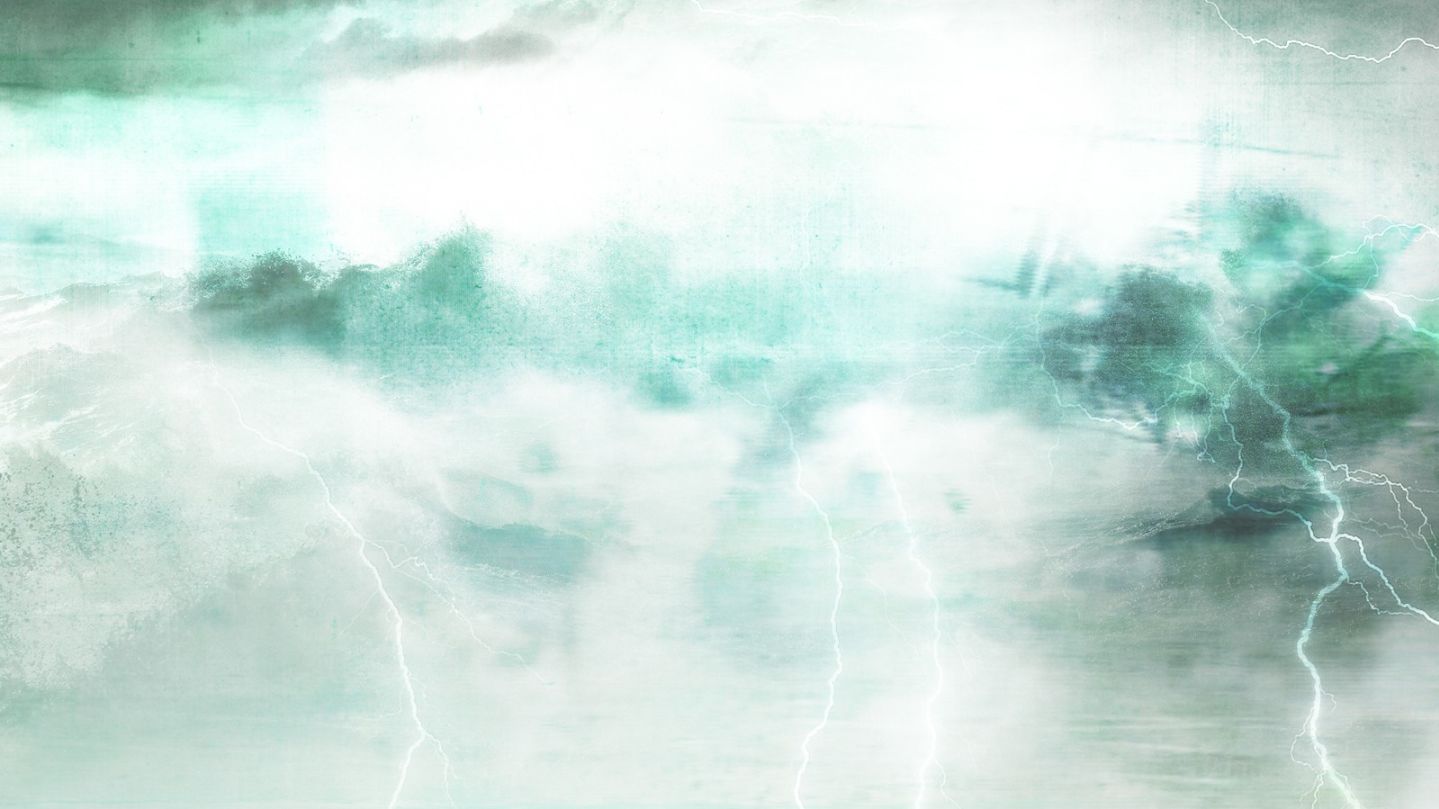Hurricanes are some of the most destructive forces of nature on Earth. They can kill and cause property damage in the billions of dollars.
The anatomy of a hurricane is important to understand when one is threatening. Here are some of the most popular terms you will hear once a hurricane has formed.
Eye: The center of the storm – and the calmest part. In a mature storm with a well-formed eye, you can even see blue sky during the day and stars at night. If you are in the eye, you can see the stadium effect – where the clouds stack up like stadium seating.
Eye wall: The most dangerous part of the storm. It’s the only place you will find the maximum winds that determine the “strength” of the hurricane.
Hurricane-force winds: Winds that are 74 mph or greater. Hurricane-force winds weaken the farther you move away from the eye. In just a few miles, you can drop a dozen miles per hour or more.
Tropical-storm-force winds: Winds that are 39 to 73 mph. Tropical-storm-force winds usually are felt across a large swath of a hurricane, generally over hundreds of miles. But they don’t stretch as far as the outer edge of the clouds. These winds are still dangerous but are not the worst of the storm.
Outer bands: Bands that spiral out of the storm like a pinwheel with water on it. These lines of storms are where tornadoes typically form and where flooding can occur. The bands can create a “training” effect in which it continues to rain in the same place, as for days in Houston after Hurricane Harvey.
How hurricanes are measured
The Saffir-Simpson Hurricane Wind Scale measures the intensity of hurricanes by the strength of their maximum sustained winds. Here are its categories, along with the kind of damage that can be expected with each:
• Category 1: Winds 74 to 95 mph (Minor damage)
• Category 2: Winds 96 to 110 mph (Extensive damage – Can uproot trees and break windows)
• Category 3: Winds 111 to 129 mph (Devastating damage – Can break windows and doors)
• Category 4: Winds 130 to 156 mph (Catastrophic damage – Can tear off roofs)
• Category 5: Winds 157 mph or higher (Absolute worst damage – Can level houses and destroy buildings)
The peak of the hurricane season
The Atlantic hurricane season hits its peak on September 10. The eight weeks around that date often are prime time for the conditions that fuel powerful storms.
Hover over the chart below to see the historical statistical probability of a tropical storm or a hurricane on a specific date.
CNN’s Sean O’Key and Curt Merrill contributed to this report.





